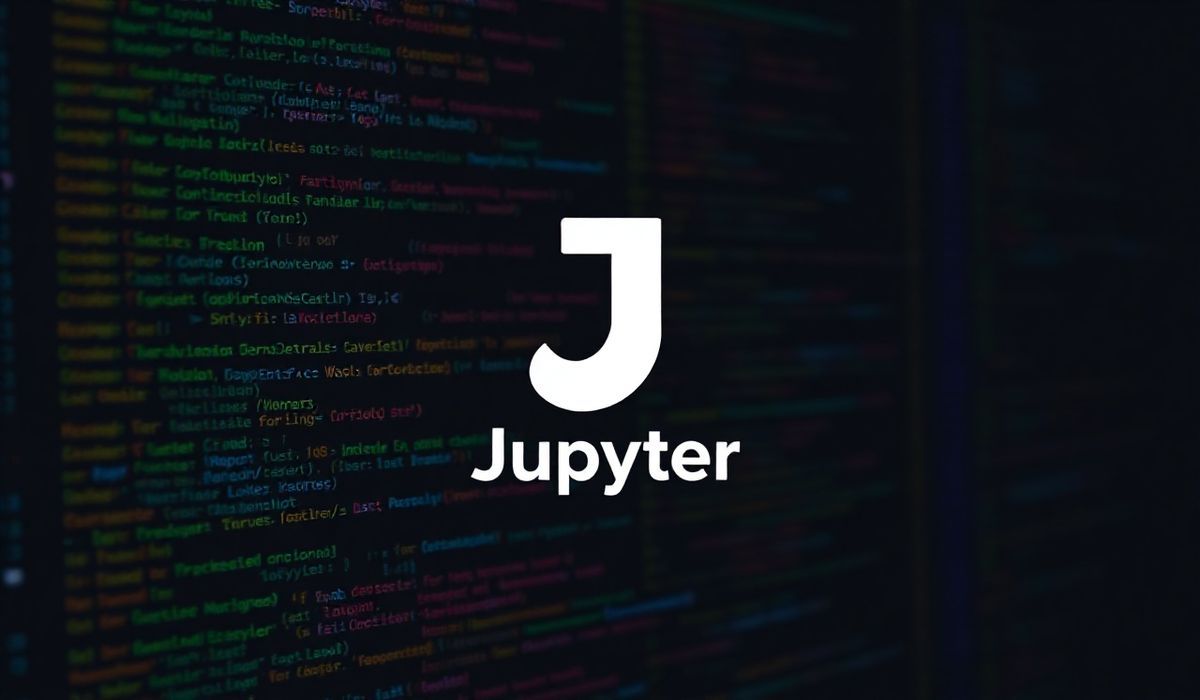Introduction to Lazyreq
Lazyreq is a powerful library for making HTTP requests with ease. This tool is essential for web developers looking to streamline their API interactions and build efficient applications. In this guide, we will explore various APIs provided by Lazyreq, complete with code snippets and an example application to showcase its capabilities.
API Examples
Basic GET Request
import lazyreq
response = lazyreq.get('https://api.example.com/data')
print(response.json())
POST Request with Data
import lazyreq
data = {'key1': 'value1', 'key2': 'value2'}
response = lazyreq.post('https://api.example.com/submit', data=data)
print(response.json())
Handling Headers
import lazyreq
headers = {'Authorization': 'Bearer YOUR_ACCESS_TOKEN'}
response = lazyreq.get('https://api.example.com/secure-data', headers=headers)
print(response.json())
Timeouts and Retries
import lazyreq
response = lazyreq.get('https://api.example.com/data', timeout=5, retries=3)
print(response.json())
Streaming Response
import lazyreq
with lazyreq.get('https://api.example.com/largefile', stream=True) as response:
for chunk in response.iter_content(chunk_size=1024):
print(chunk)
Example Application
Let’s build a simple application that fetches user data and displays it.
import lazyreq
from flask import Flask, jsonify
app = Flask(__name__)
@app.route('/users')
def get_users():
response = lazyreq.get('https://api.example.com/users')
return jsonify(response.json())
if __name__ == '__main__':
app.run(debug=True)
This Flask application makes use of Lazyreq to fetch and display user data from an API endpoint. With just a few lines of code, you can interact with external APIs efficiently.
In conclusion, Lazyreq is an exceptional tool for developers aiming to enhance their web applications through simplified and robust API interactions. Give it a try and experience the difference in your development workflow.
Hash: 0af1c4db5aef6035662977c37a9eadec514f4cd62546856590aba9869ba652dd




